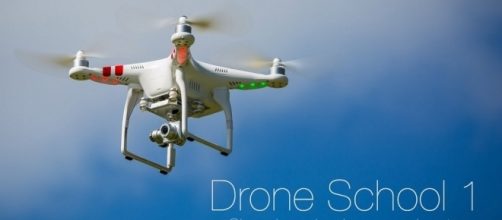As time goes by, the #Drone technology has evolved tremendously but with every positive aspect, there is always something that needs improvement. One of the drone’s important aspects has been the ability to be airborne for a long time. The American Air Force conducted a program for #MIT engineering students to make a drone that has the ability to stay in the sky for #5 days. The Air Force wanted to use solar technology as the main source of power.
MIT students have built a drone that has 5 days air time
The reason was to design an unmanned aerial vehicle that could deliver information to certain places that had just experienced natural disasters and other kinds of emergencies.
Traditionally, weather balloons were always used, but it could not sustain through heavy winds and doesn’t stay long enough in the air.
A group of MIT engineers took the challenge in creating the perfect drone. As the students went through the details, they decided to dump the use of solar technology for the reason that it’s not the best fit for that kind of drone.
The team of students realized that when using solar tech on the drone, they would need to create a larger prototype, which the Air Force didn’t agree on to. To add on, solar energy doesn’t go well with shortened daylight hours during winter seasons. Another alternative that the MIT students could conjure up is through the use of a very powerful battery or gasoline.
The successful team named their creation, “the Jungle Hawk Owl”.
The drone was designed by team’s co-leader, Professor Warren Hoburg. Lightweight materials such as Kevlar and carbon fibers were used to the drone and had a weight of 55 pounds. It measured around 24 foot-wide and it runs on a single tank of gasoline. The perfect drone was said to have the capability to be on the air for a long time, specifically for five days.
The drone is more efficient on gas rather on solar power
Hoburg explained to TechCrunch that making a drone that runs on gasoline might be less appealing, but using solar technology might be can be quite difficult to accomplish. Hoburg added that they already took the first flight with the design they chose, that compared to other available aircraft, their drone was easily built and has a low fuel consumption.
Hoburg even humored around saying, going to the launch site, they spent more fuel on the care than on the drone to fly for 3 days.
The team believes that their creation can not just support areas that just went through natural disasters, but can also be of use by giant tech companies such as Facebook or Google to deliver internet access to rural areas. But a lot of hard work still needs to be done to make their drone fully functional.


